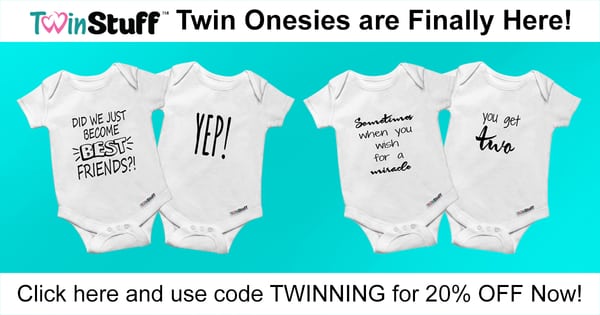What are the "bad" plastic numbers?
Discussion in 'The Toddler Years(1-3)' started by ahmerl, May 27, 2008.

Loading...
| Similar Threads | Forum | Date |
|---|---|---|
| Plastic figures | General | Sep 23, 2023 |
| Who invented the metal plastic ties that go around the toys? | The Toddler Years(1-3) | Sep 29, 2008 |
| What kind of Dr should I take her to? Derm, Plastic Surgeon? | The Toddler Years(1-3) | Jul 24, 2008 |
| summer pool, cheapo plastic kind | The Toddler Years(1-3) | Jul 14, 2008 |
| alternatives to plastic cups? | The Toddler Years(1-3) | May 5, 2008 |



